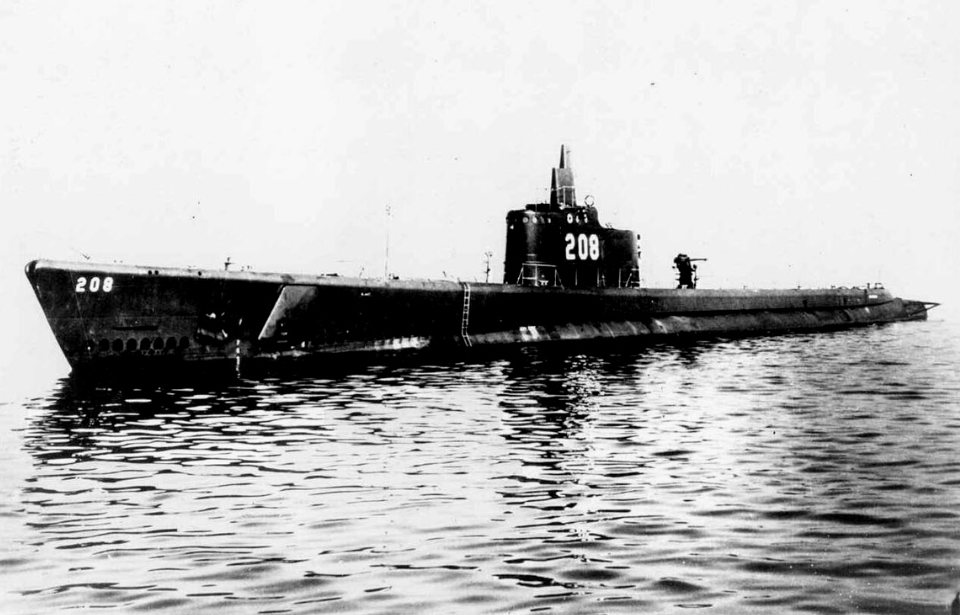USS Grayback (SS-208)
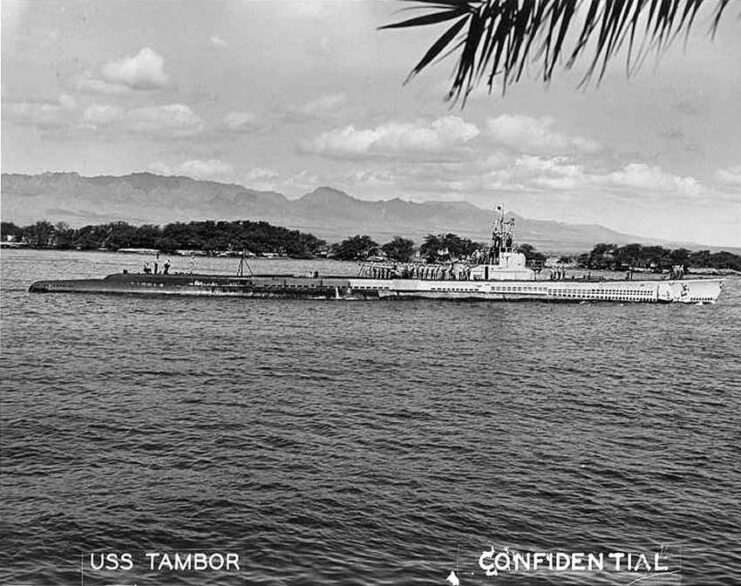
The USS Grayback began its service on June 30, 1941, under the command of Lt. William A. Saunders. As one of the US Navy’s pioneering fleet submarines, she played a key role in the success of the Allied forces in the Pacific Theater.
Outfitted with four General Motors V16 diesel engines, four high-speed General Electric electric motors, and two 126-cell Sargo batteries, Grayback showcased notable performance, reaching speeds of 20.4 knots on the surface and 8.75 knots submerged. With a range of 11,000 nautical miles at 10 knots, the submarine could stay submerged for 48 hours at a speed of two knots.
To engage enemy vessels, Grayback was armed with a stockpile of 24 torpedoes stored in ten 21-inch torpedo tubes, supported by a Bofors 40 mm and Oerlikon 20 mm cannon. Additionally, a single three-inch deck gun was part of its weaponry. The submarine was manned by a crew of 54 enlisted men and six officers, ensuring smooth and efficient operations.
USS Grayback‘s (SS-208) service during World War II
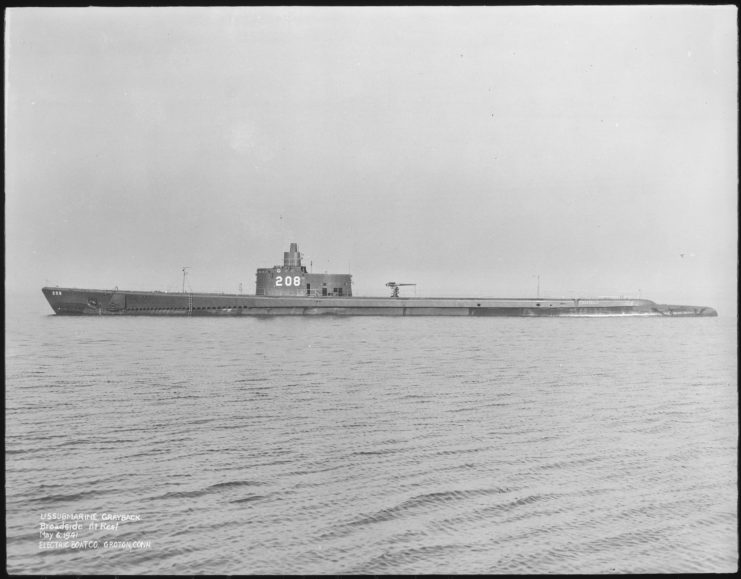
After the US entered World War II following the Japanese attack on Pearl Harbor, the USS Grayback became actively engaged in combat. Initially commissioned into the Atlantic Fleet, she ranked 20th in total tonnage sunk by American submarines, targeting and sinking 14 enemy ships (63,835 tons). Recognized for her exceptional service, Grayback earned eight battle stars throughout the conflict.
In February 1942, Grayback departed from Maine, bound for Hawaii. During her first war patrol along the coasts of Saipan and Guam, she engaged in a four-day standoff with a Japanese submarine. Despite the enemy vessel firing two torpedoes, Grayback managed to escape. A month later, she achieved her first sinking, taking out the Japanese cargo vessel Ishikari Maru.
Subsequent patrols led Grayback through the South China Sea and St. George’s Passage, where the challenges included bright moonlight, intense enemy patrols and treacherous waters. Despite these obstacles, her presence, along with that of her sister ships, played a crucial role in the success of the Guadalcanal Campaign, America’s inaugural major land offensive in the Pacific.
Grayback continued to accumulate an impressive number of kills and earned recognition for saving six crewmen who survived the crash of their Martin B-26 Marauder in the Solomon Islands. While she faced a streak of misfortune during her sixth patrol, her reputation improved in subsequent ones, including her involvement in one of the first wolfpacks organized by the Submarine Force.
Of all her patrols, Grayback‘s 10th proved to be her most successful – and, tragically, it also marked the submarine’s final mission.
A successful final mission in the Pacific Theater
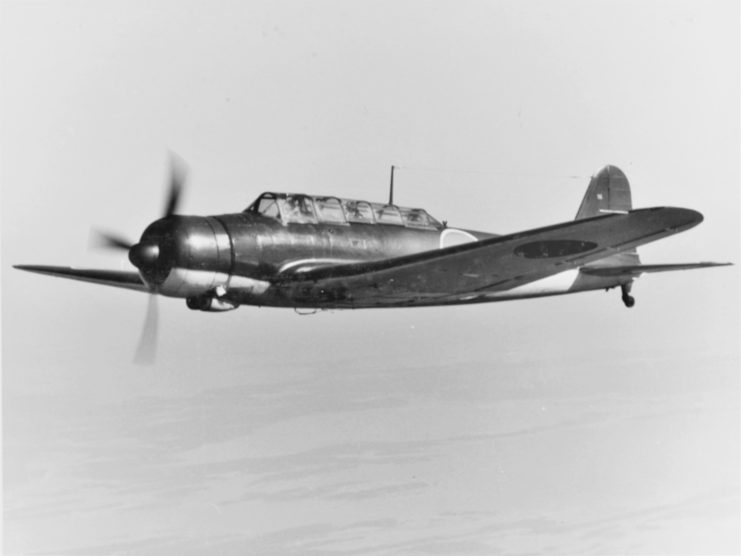
On February 24, 1944, the USS Grayback communicated that they had effectively sunk two Japanese cargo vessels and damaged two others. The following day, their final transmission reported the sinking of the enemy tanker Nanho Maru and the damaging of Asama Maru. With only two torpedoes remaining, the submarine received orders to return to its base in Fremantle, Western Australia.
Despite an expected arrival at Midway Island on March 7, 1944, Grayback failed to appear. By March 30, she was officially declared missing, with no survivors.
Captured Japanese records shed light on Grayback’s final moments. Following an attack on convoy Hi-40, the submarine used its final two torpedoes to sink the cargo ship Ceylon Maru in the East China Sea on February 27.
Shortly after, a Nakajima B5N torpedo bomber sighted the submarine and dropped a 500-pound bomb, causing Grayback to “explode and sink immediately” to the Pacific Ocean floor. Anti-submarine aircraft were then dispatched to drop depth charges over the area, ensuring the vessel was definitively incapacitated. Grayback remained undiscovered in that location for nearly a century.
Unexpected discovery within the USS Grayback (SS-208)
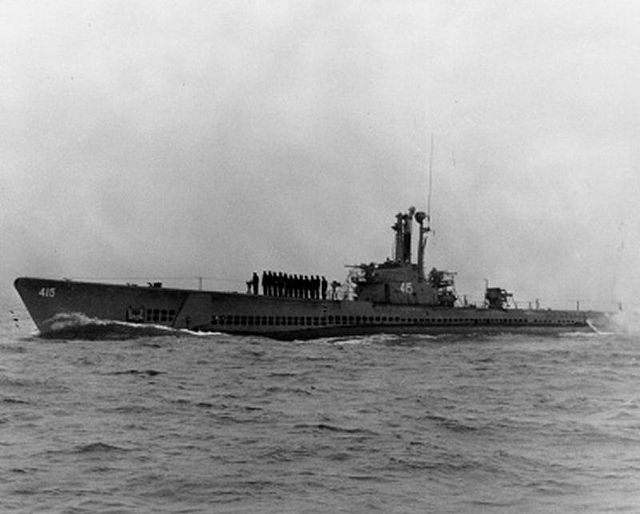
During the Second World War, 52 American submarines were lost, taking the lives of 374 officers and 3,131 sailors. The Lost 52 Project is an initiative dedicated to locating all 52 vessels, to bring closure to the families of those who lost their lives. Using state-of-the-art technology, the team captures images and 3D scans of the wrecks they discover to help document each submarine.
On November 10, 2019, the Lost 52 Project announced it had located the USS Grayback some 50 nautical miles south of Okinawa, roughly 1,400 feet below the surface. Her deck gun was found 400 feet away from the main wreckage. The damage the submarine had sustained appeared consistent with what was listed in the Japanese report. There was severe damage aft of the conning tower, and part of the hull had imploded. As well, the bow had broken off at an angle.
It’s a miracle they even found the wreck, considering the original coordinates translated by the US Navy were 100 nautical miles off, thanks to a clerical error that was off by just one number.
The team set up a dive team to explore the wreckage, but what they found inside overshadowed the celebratory mood around such an incredible discovery. Tim Taylor, one of the team leads, shared how he felt with The New York Times, “We were elated, but it’s also sobering, because we just found 80 men.”
Prayers of family members have finally been answered
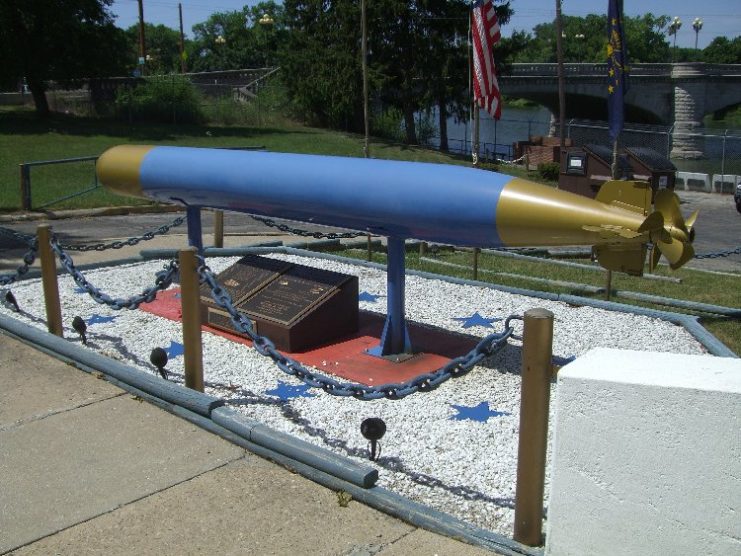
Raymond Parks, the uncle of Gloria Hurney, served as an electrician’s mate, first class, and was one of the sailors lost aboard the USS Grayback. Hurney, along with others, had come to accept the belief that they would never discover the wreck. However, the Lost 52 Project proved them wrong.
Are you a fan of all things ships and submarines? If so, subscribe to our Daily Warships newsletter!
While the discovery was bittersweet, it also brought a sense of closure and peace to the families who’d waited three-quarters of a century to learn where their loved ones had come to rest on the seafloor.
